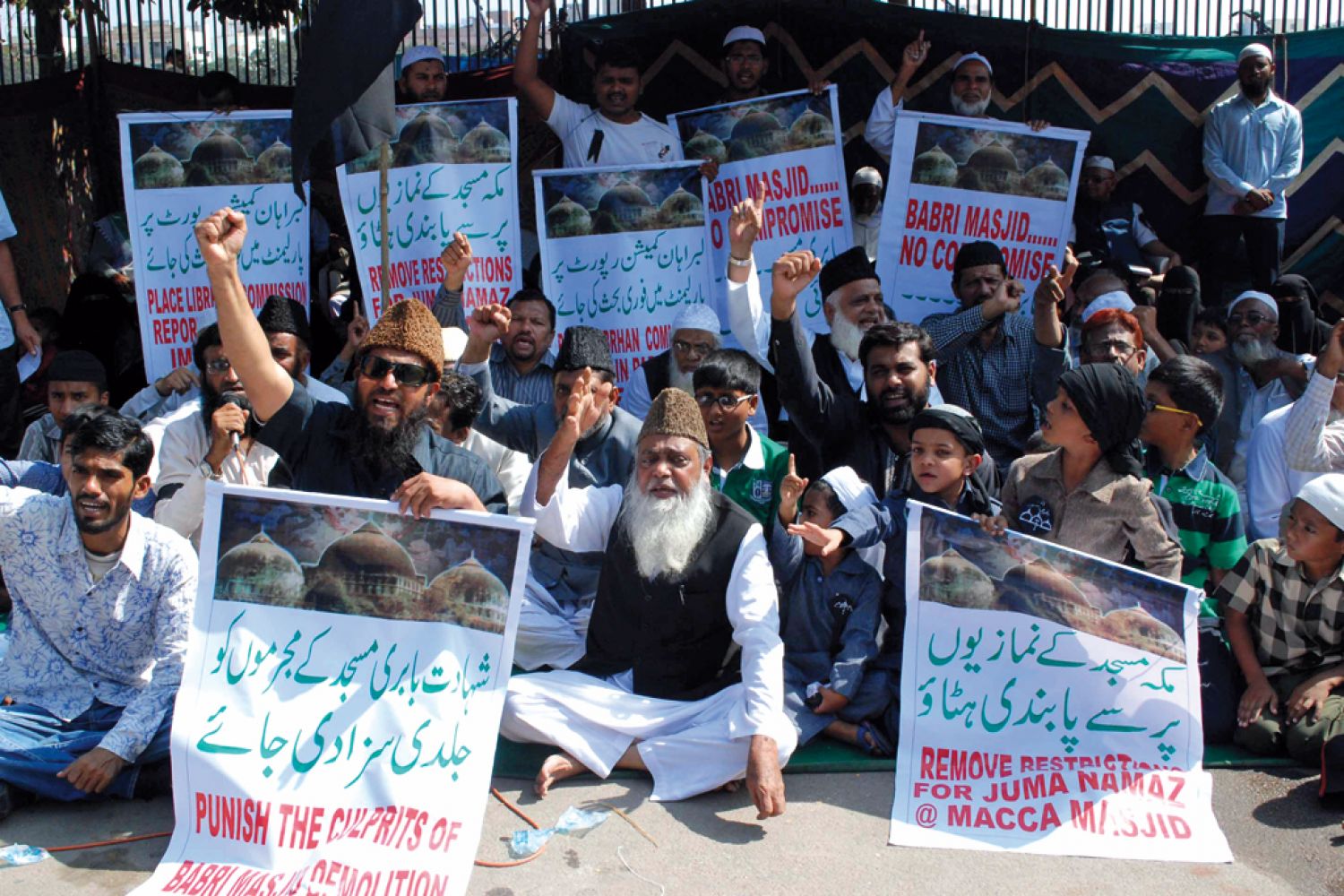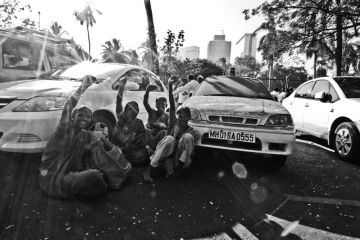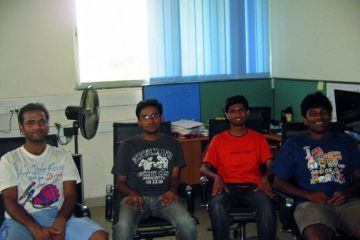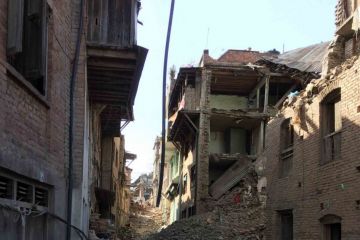
They broke one of Obaid-ur-Rehman’s fingers during interrogation. He told me
that when I met him in jail. It looked so bad that I doubt if the finger can
ever be fixed.
—Journalist Muthi-ur-Rahman Siddiqui, who was released after six months in jail
on charges of being part of an LeT sleeper cell in Bangalore
On the morning of August 30, 2012, Obaid-ur-Rehman, a third year B.Com
student, left his house in Hyderabad, telling his family he was visiting some
friends. Evening arrived b





